favorite trees and why
midwestjeff
17 years ago
Featured Answer
Sort by:Oldest
Comments (52)
woodnative
17 years agolast modified: 9 years agoquirkyquercus
17 years agolast modified: 9 years agoRelated Professionals
Garden City Landscape Architects & Landscape Designers · Walnut Landscape Architects & Landscape Designers · Danvers Landscape Contractors · Fort Myers Landscape Contractors · Lancaster Landscape Contractors · Nashua Landscape Contractors · Santa Ana Landscape Contractors · Camp Springs Siding & Exteriors · Cypress Siding & Exteriors · Kirkland Siding & Exteriors · Lacey Decks, Patios & Outdoor Enclosures · Lewisville Decks, Patios & Outdoor Enclosures · Little Rock Decks, Patios & Outdoor Enclosures · Prichard Decks, Patios & Outdoor Enclosures · Urbana Decks, Patios & Outdoor Enclosuresgreenlarry
17 years agolast modified: 9 years agopineresin
17 years agolast modified: 9 years agopinetree30
17 years agolast modified: 9 years agogreenlarry
17 years agolast modified: 9 years agoquirkyquercus
17 years agolast modified: 9 years agogreenlarry
17 years agolast modified: 9 years agobasic
17 years agolast modified: 9 years agoalabamatreehugger 8b SW Alabama
17 years agolast modified: 9 years agopineresin
17 years agolast modified: 9 years agogene_washdc
17 years agolast modified: 9 years agolucky_p
17 years agolast modified: 9 years agospruceman
17 years agolast modified: 9 years agogreenlarry
17 years agolast modified: 9 years agospruceman
17 years agolast modified: 9 years agogreenlarry
17 years agolast modified: 9 years agospruceman
17 years agolast modified: 9 years agogreenlarry
17 years agolast modified: 9 years agobasic
17 years agolast modified: 9 years agotorreya-2006
17 years agolast modified: 9 years agostalks_05
17 years agolast modified: 9 years agospruceman
17 years agolast modified: 9 years agopineresin
17 years agolast modified: 9 years agogreenlarry
17 years agolast modified: 9 years agospruceman
17 years agolast modified: 9 years agopineresin
17 years agolast modified: 9 years agosandyhill
17 years agolast modified: 9 years agoalexander3_gw
17 years agolast modified: 9 years agogreenlarry
17 years agolast modified: 9 years agopineresin
17 years agolast modified: 9 years agogreenlarry
17 years agolast modified: 9 years agopineresin
17 years agolast modified: 9 years agogreenlarry
17 years agolast modified: 9 years agopineresin
17 years agolast modified: 9 years agobengz6westmd
17 years agolast modified: 9 years agogreenlarry
17 years agolast modified: 9 years agopinetree30
17 years agolast modified: 9 years agonovita
17 years agolast modified: 9 years agogreenlarry
17 years agolast modified: 9 years agospruceman
17 years agolast modified: 9 years agotai_haku
17 years agolast modified: 9 years agobasic
17 years agolast modified: 9 years agotai_haku
17 years agolast modified: 9 years agobabywatson
17 years agolast modified: 9 years agobahia
17 years agolast modified: 9 years agoradagast
17 years agolast modified: 9 years agojqpublic
16 years agolast modified: 9 years agolkz5ia
16 years agolast modified: 9 years ago
Related Stories

EDIBLE GARDENSHow to Grow 10 Favorite Fruit Trees at Home
Plant a mini orchard in fall, winter or early spring to enjoy fresh-off-the-tree fruit the following year
Full Story
GARDENING GUIDESGreat Design Tree: Australian Tea Tree
A living sculpture with an unmistakable appearance, this coastal native creates an intriguing landscape scene
Full Story
EDIBLE GARDENSGrow Plum Hybrids for Your Favorite Fruit Flavors
Plums are cozying up with apricots, peaches and even cherries — here’s how to grow these hybrids for the best aspects of each
Full Story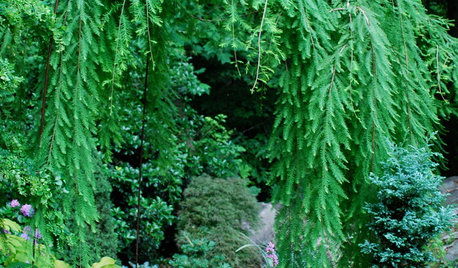
LANDSCAPE DESIGNThe Weepers and the Creepers: 10 Intriguing Trees for Your Garden
Bring something a little different to your landscape with a tree that dives, twists or crawls
Full Story
LANDSCAPE DESIGN7 Great Trees for Summer Shade and Fall Color
These landscape-pro faves straddle the seasons beautifully. Could one enhance your own yard?
Full Story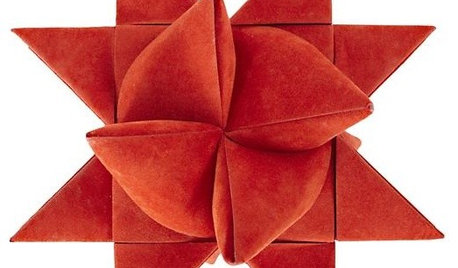
PRODUCT PICKSGuest Picks: 20 Stylish Tree Toppers
Christmas decorations just aren't complete until the tree gets topped with a pretty star, angel or bow
Full Story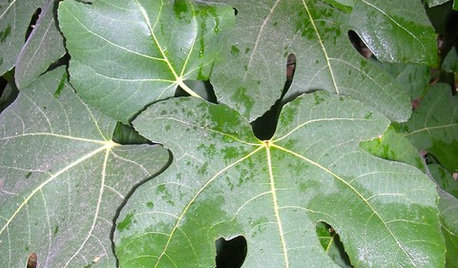
GARDENING GUIDESGreat Design Plant: Common Fig
A full form and delicious fruits make this Middle Eastern tree a favorite in gardens around the world
Full Story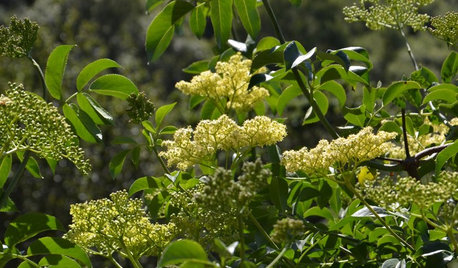
GARDENING GUIDESGreat Design Plant: Sambucus Nigra Caerulea for the Birds
Blue elderberry is a favorite of birds and other wildlife in its native California
Full Story
FALL GARDENING11 Trees for Brilliant Fall Color
Give your landscape the quintessential look of autumn with the red, orange and yellow leaves of these standouts
Full Story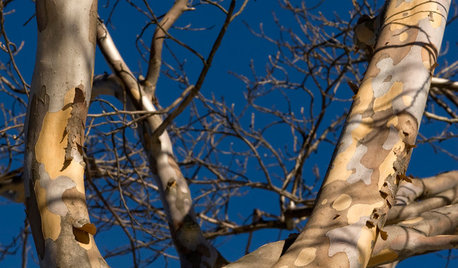
WINTER GARDENING8 Gorgeous Trees for Winter Interest in the Garden
Intriguing forms and beautiful branches take center stage when color heads back into the wings of the winter landscape
Full Story






greenlarry